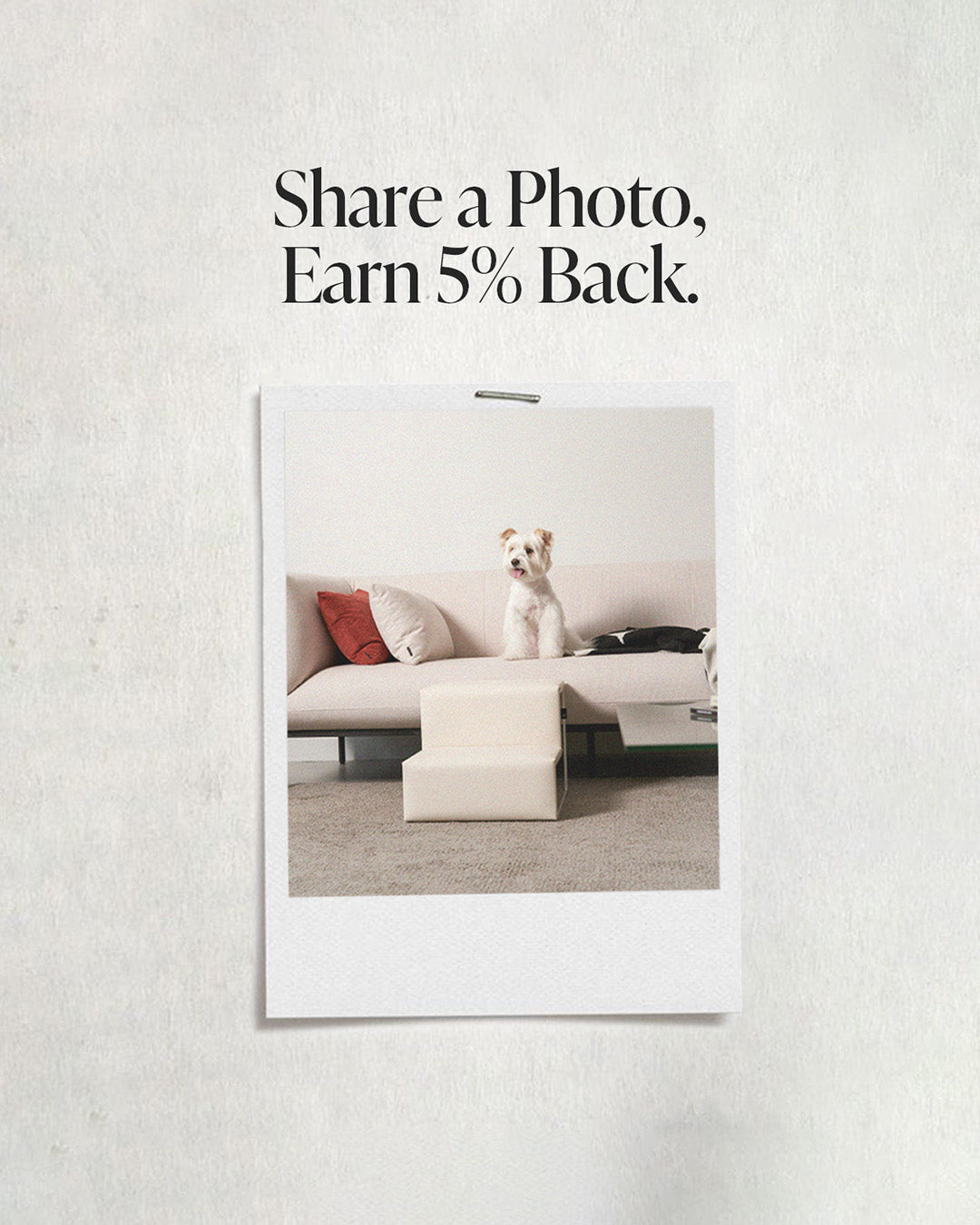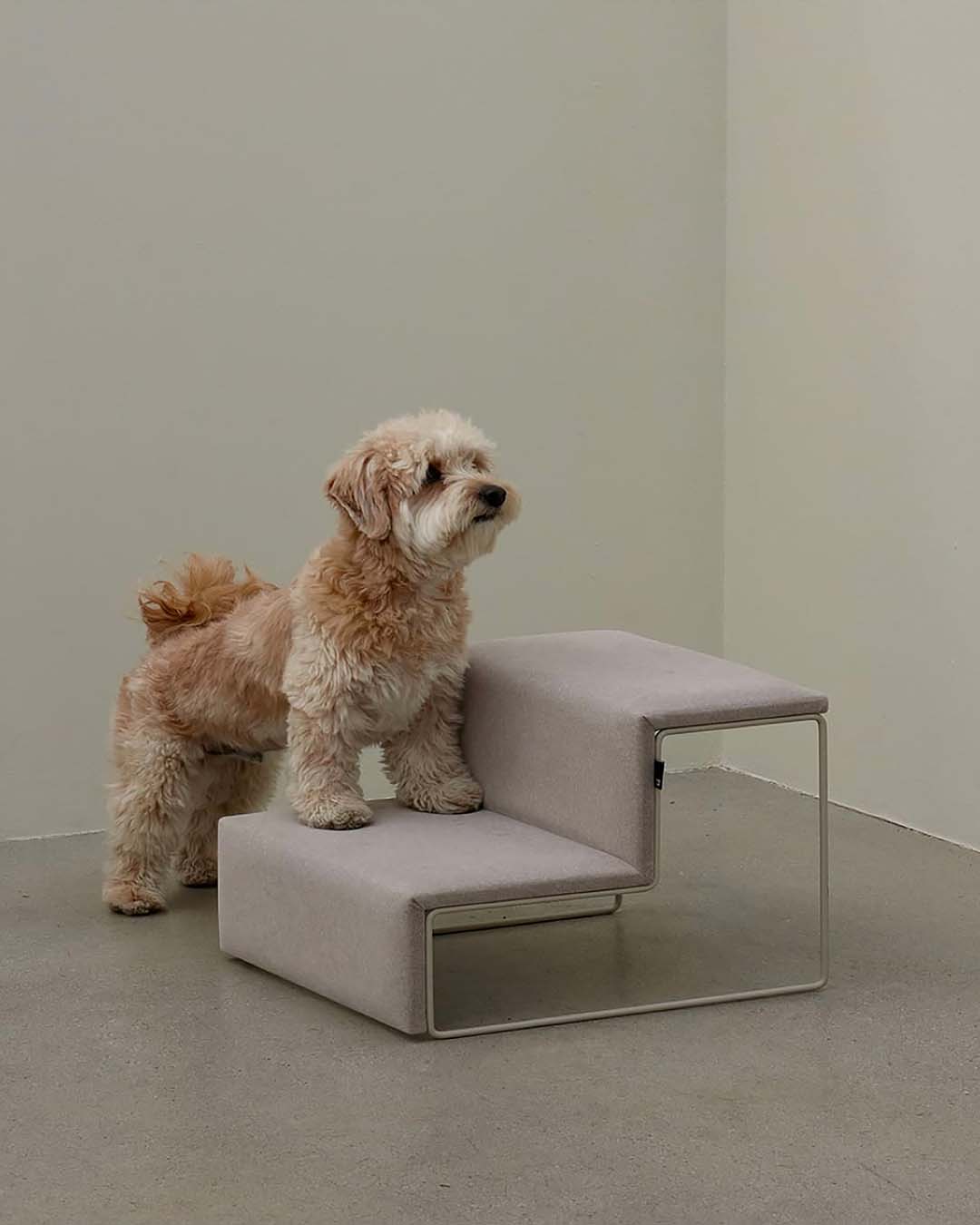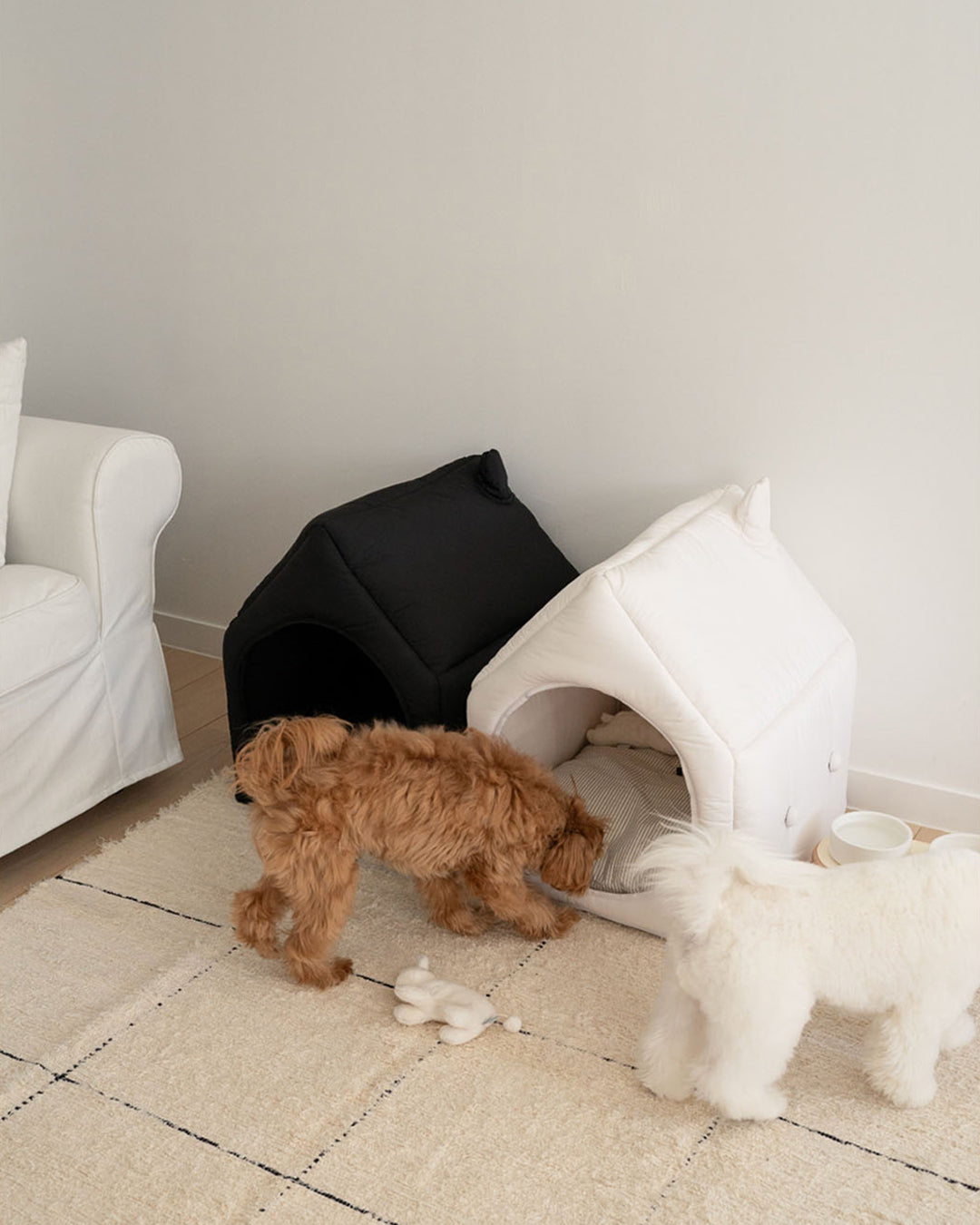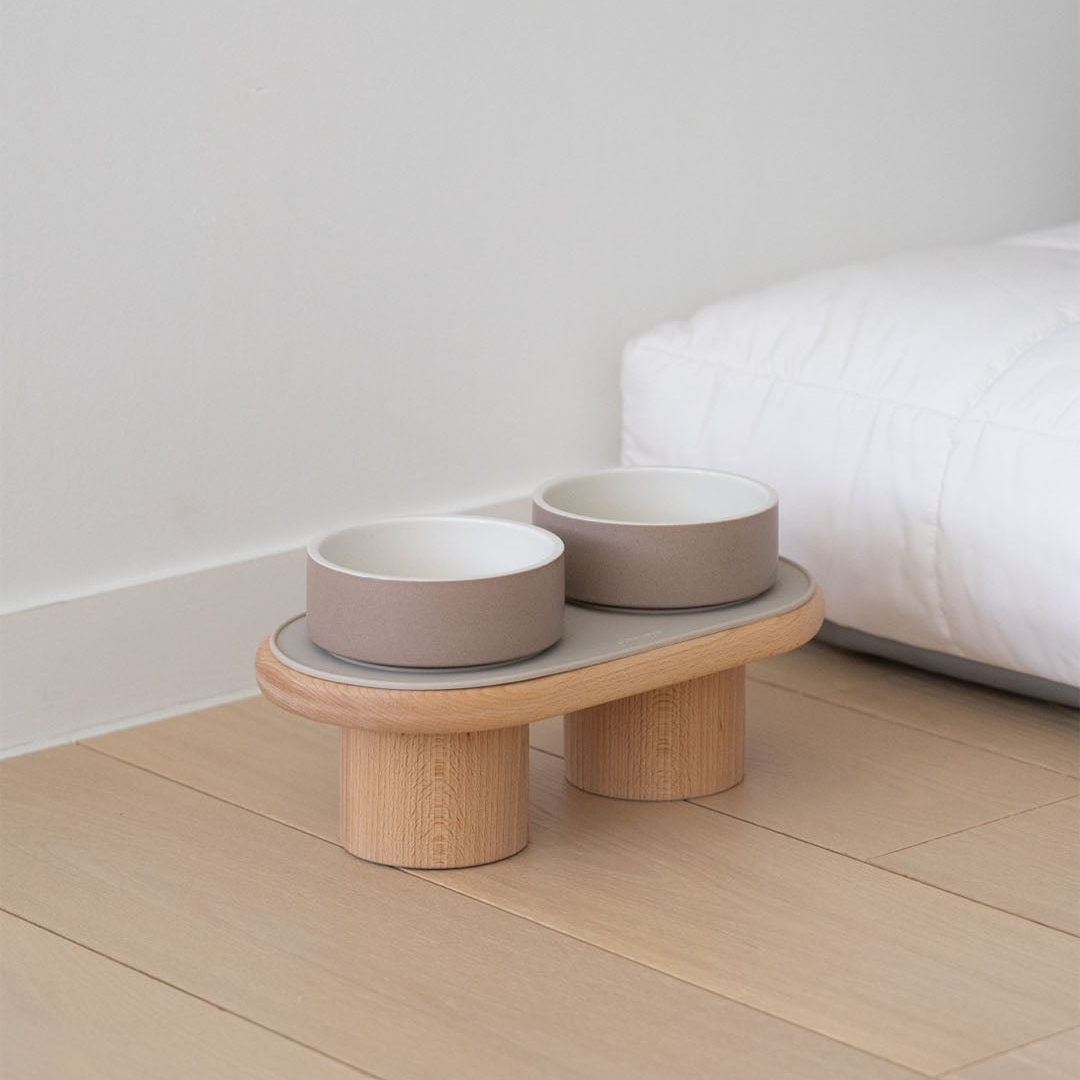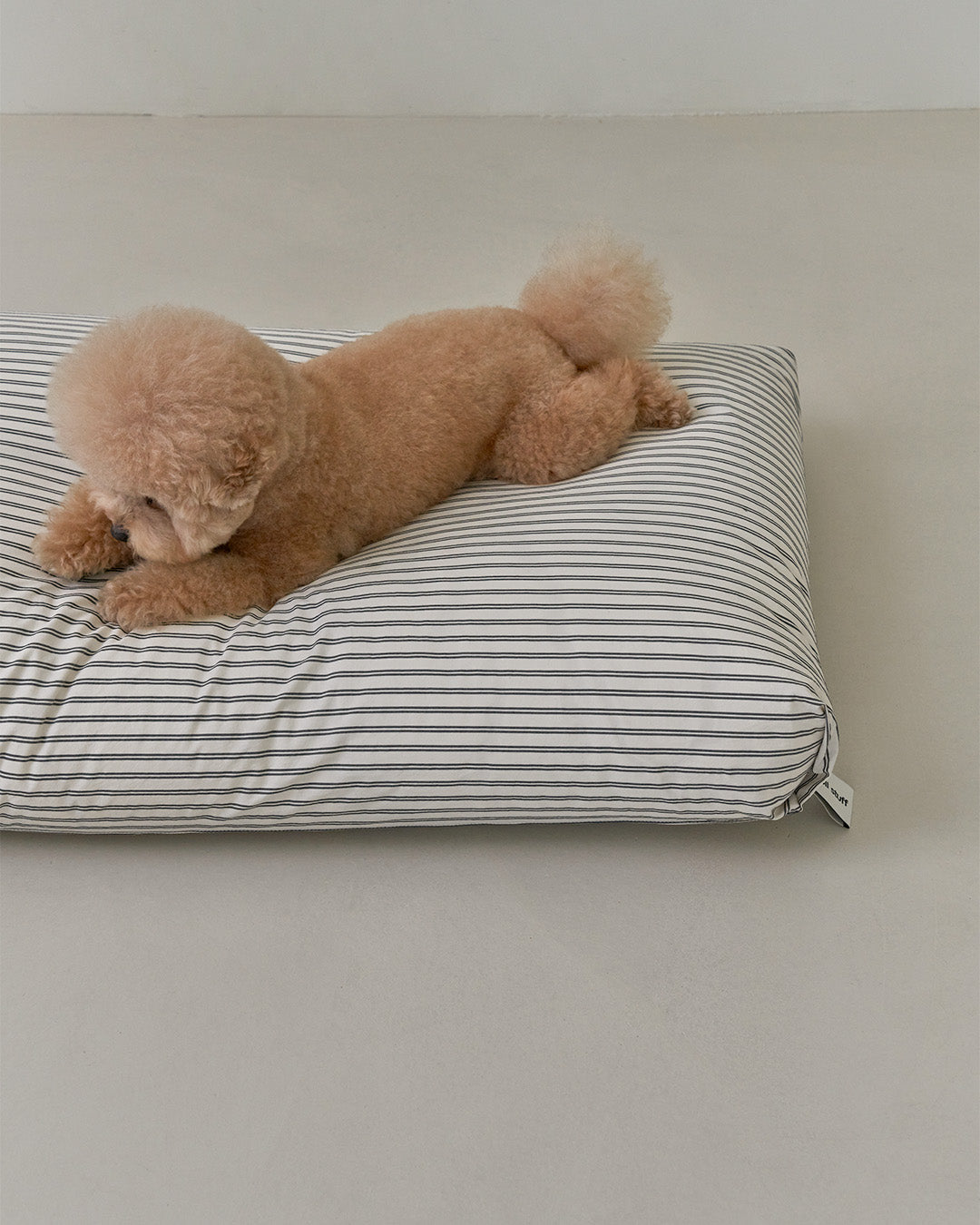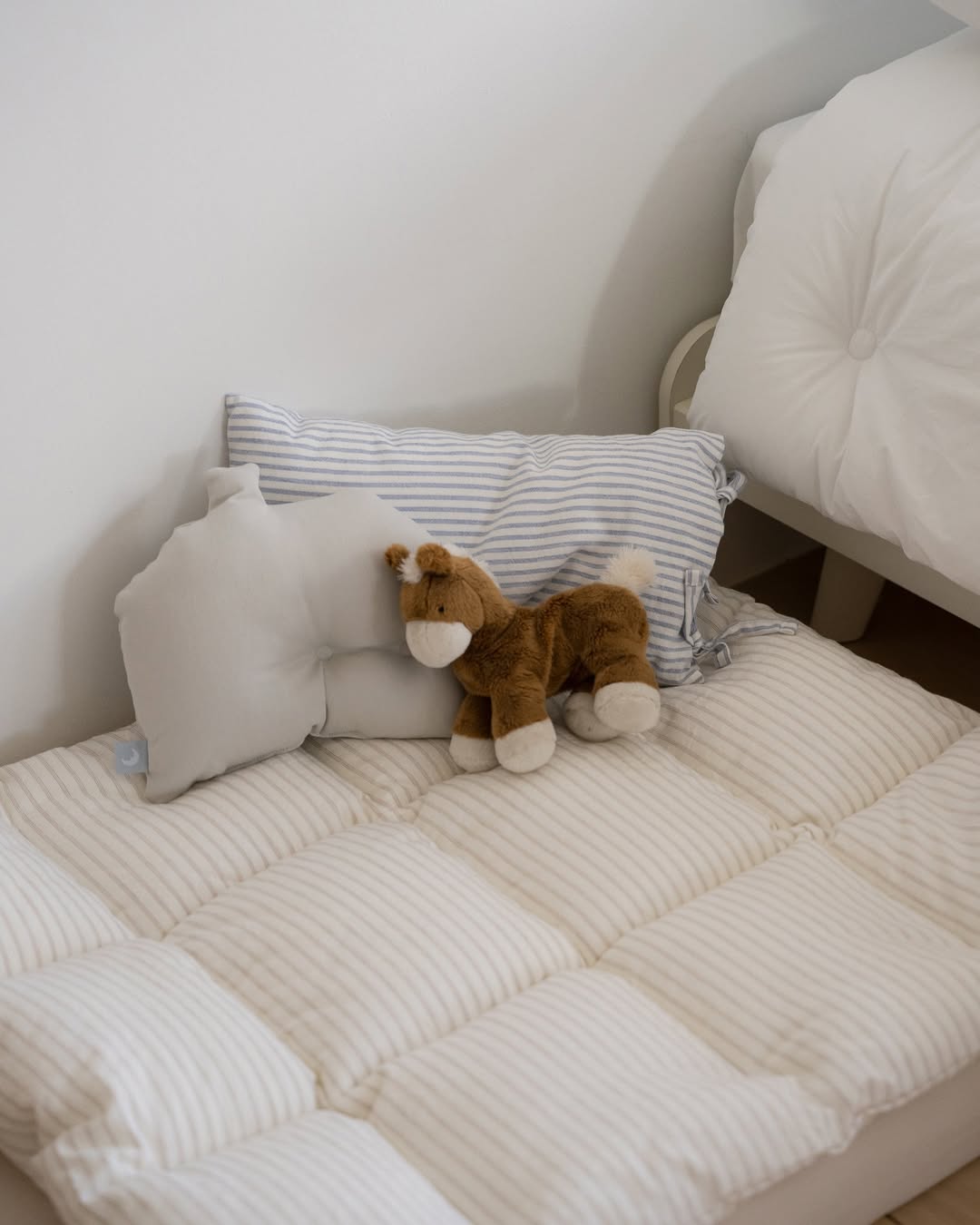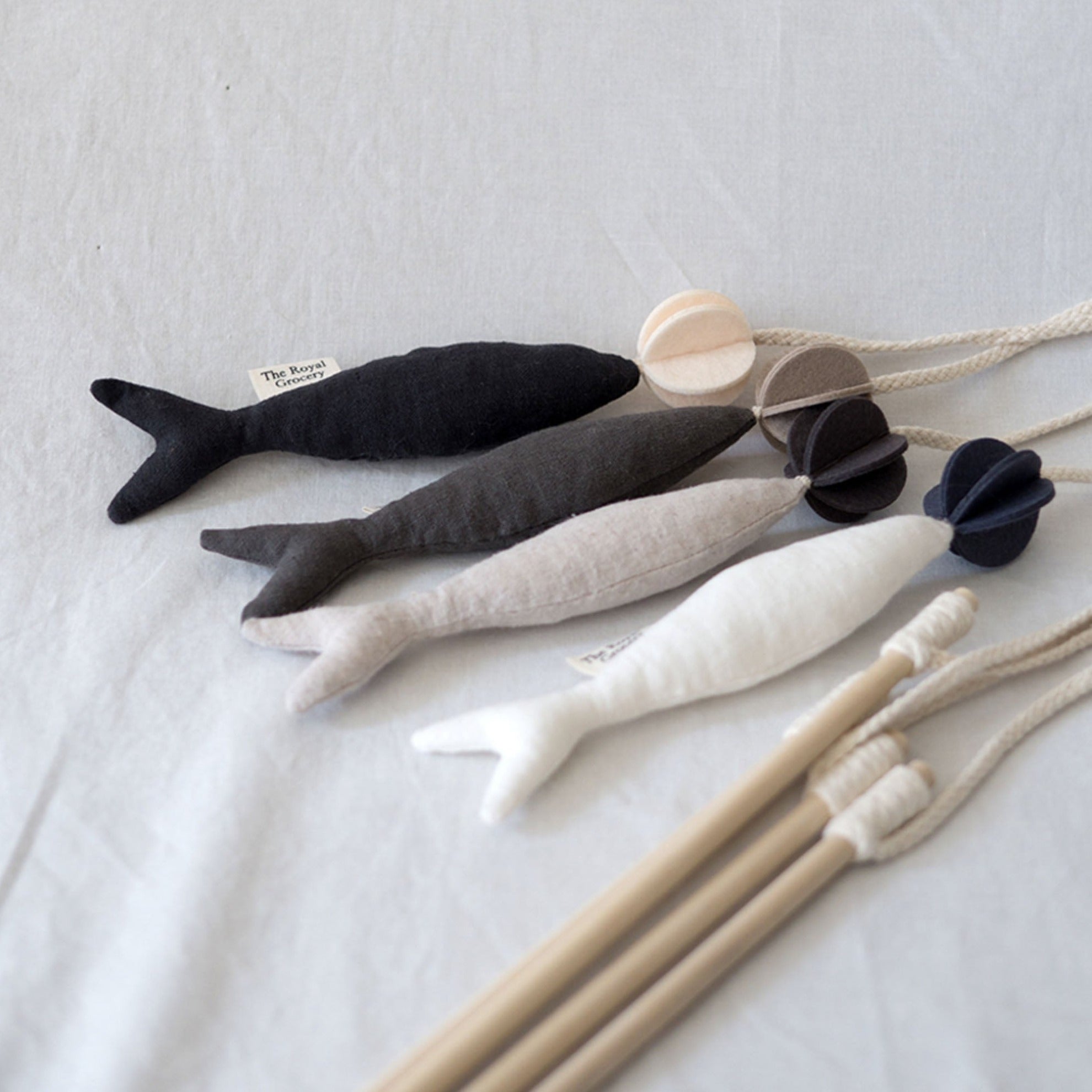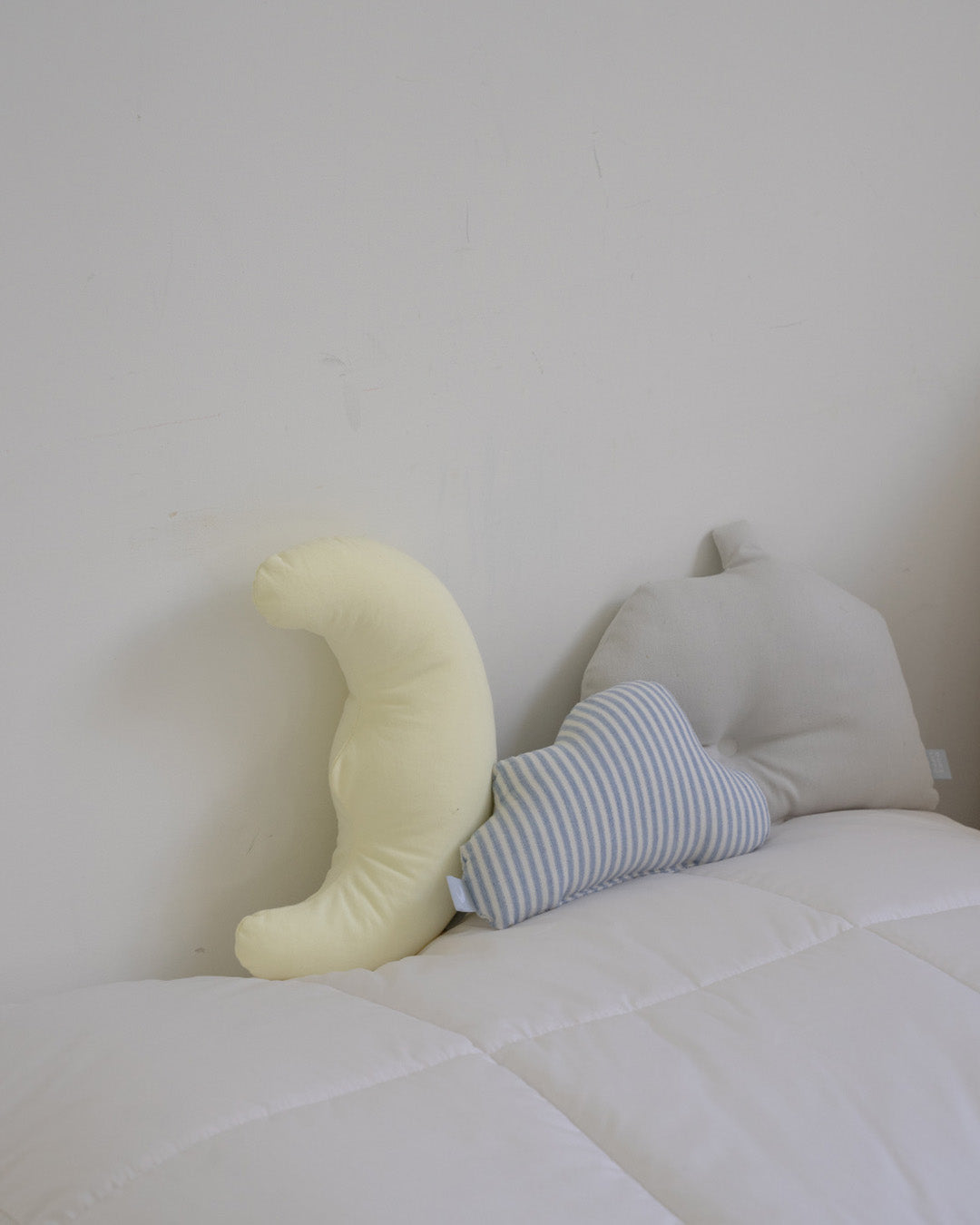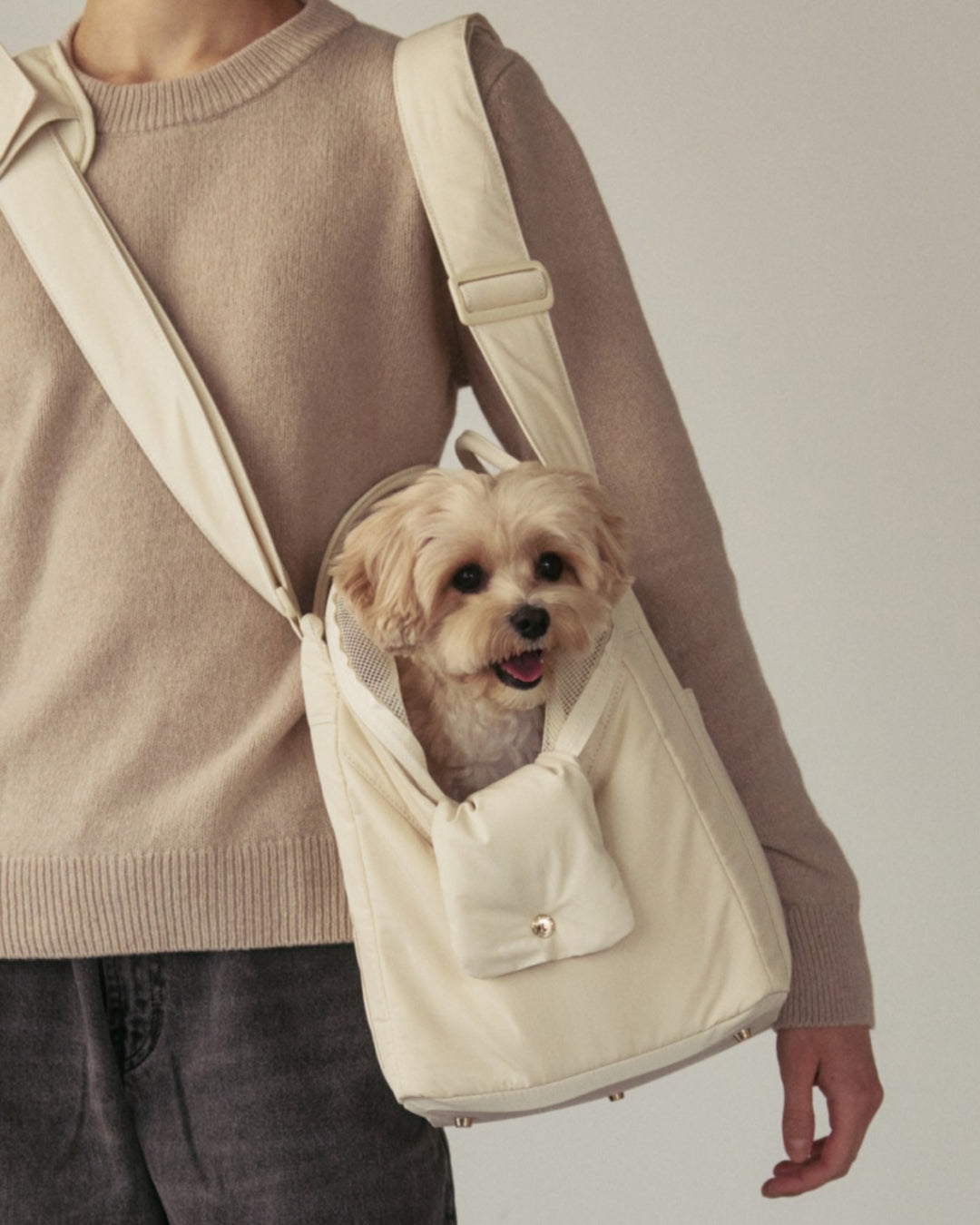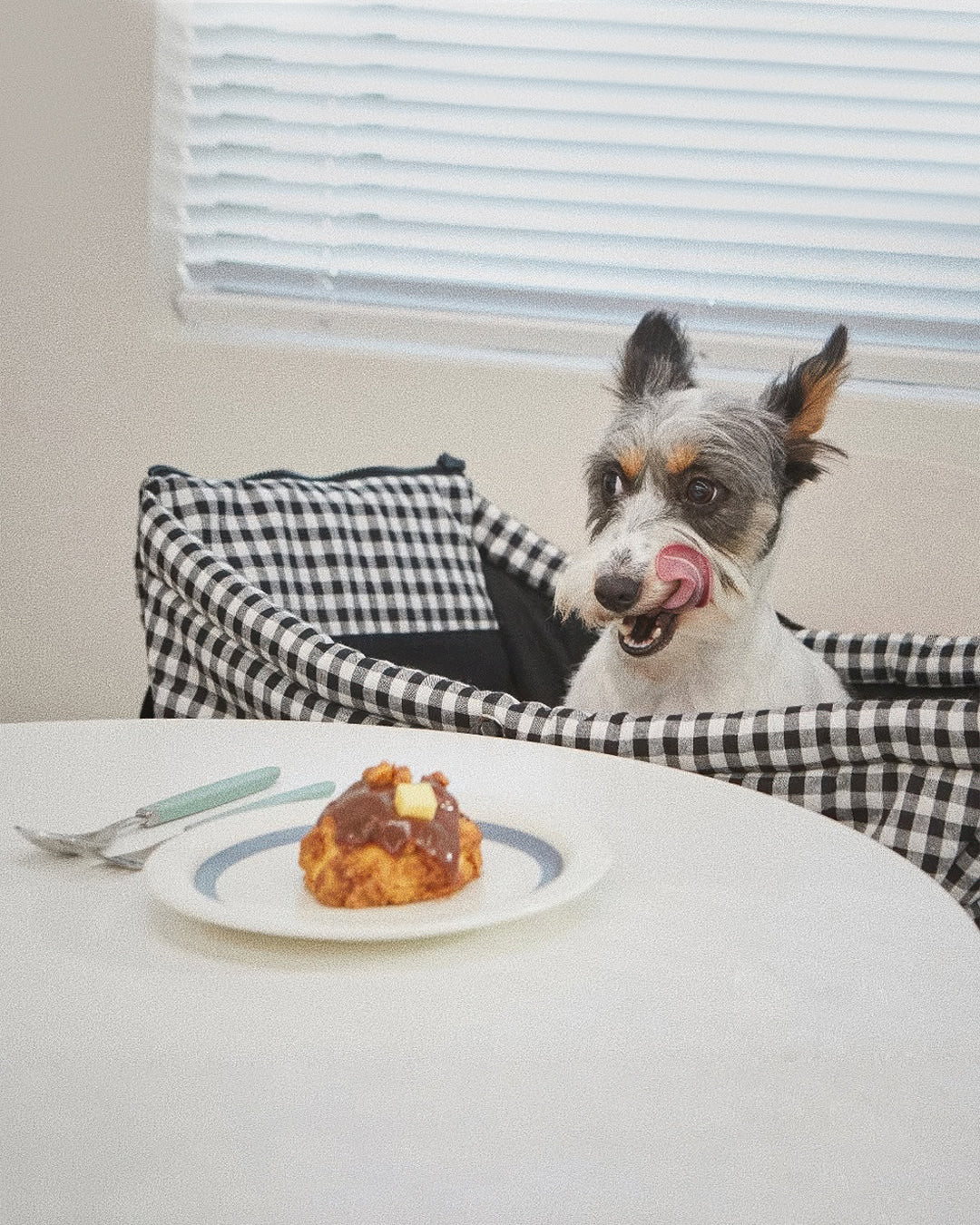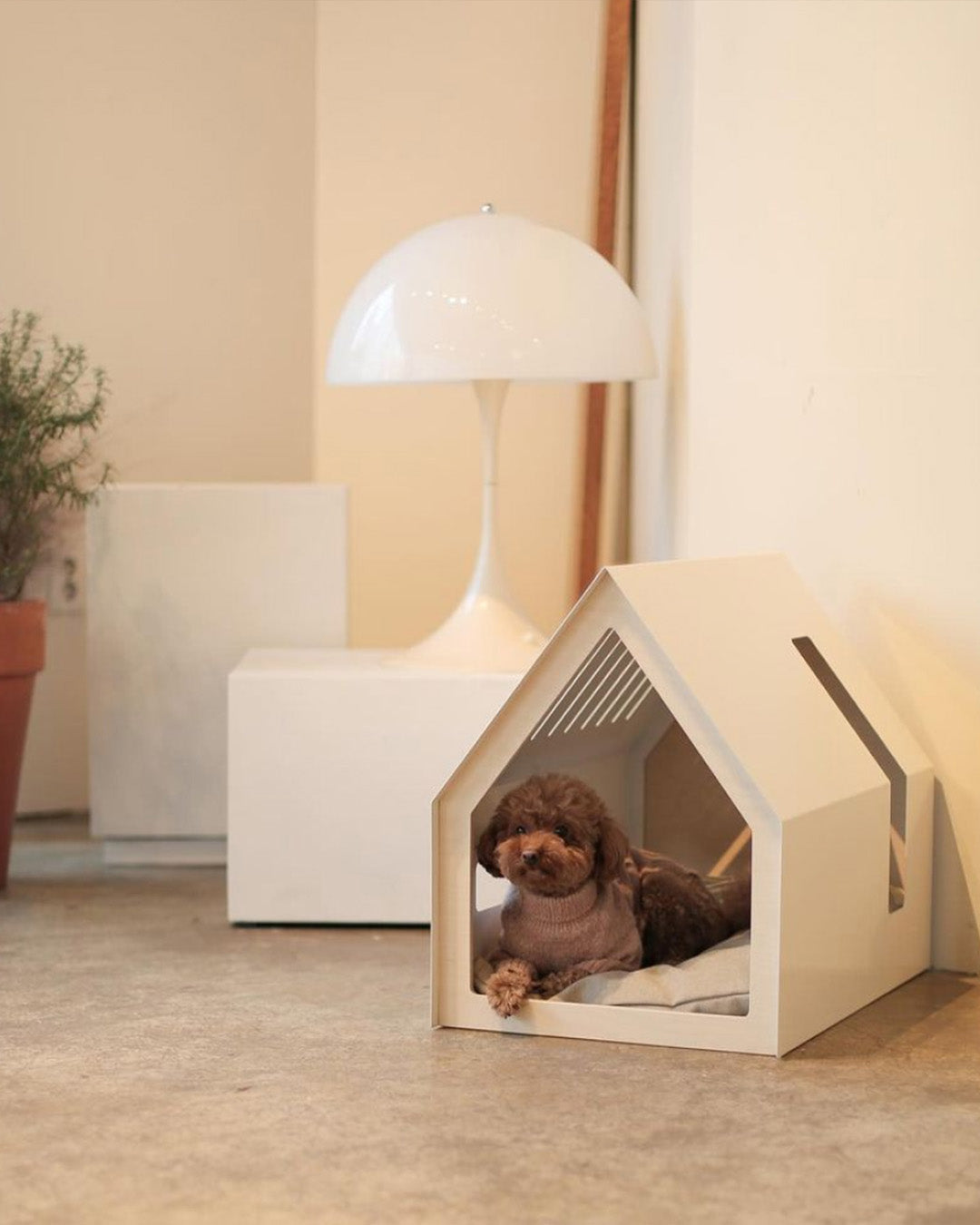When it comes to a pet’s health and well-being, we often think of food, exercise, and play—but rest is just as vital. Especially for indoor pets, where stimulation can be limited and routines often revolve around the home, having the right environment to rest well is essential. A good resting setup can reduce anxiety, improve sleep quality, and even support joint health over time.
Let’s explore how you can create restful routines and cozy spaces your pet will love.
1. Understand Your Pet’s Resting Needs

Just like people, pets have individual preferences when it comes to rest. Some dogs love to stretch out on an open bed, while others prefer to curl up in an enclosed hideaway. Cats might rotate between sunlit ledges and hidden corners throughout the day. Observe your pet’s natural habits to help you choose the right setup.
Does your cat burrow under blankets? Try Baguette House or Raf Hammock.
Is your dog often lounging beside the sofa? A low-profile step may give them easier access to their favorite spots without straining their joints.
2. Create Resting Zones in Key Parts of the Home

Designate quiet zones where your pet can nap undisturbed. These don’t have to be elaborate—just thoughtful. Consider placing beds in:
Low-traffic corners of the living room (like near a bookshelf or under a console).
By a window for cats who love to bask in the sun.
Next to your desk so your pet can relax nearby while you work.
Try the Sleep House or Informal House for soft, enclosed options that feel like a safe den.
3. Support Natural Sleep Patterns

Indoor pets often nap throughout the day in short bursts. Encourage a rhythm by keeping their resting space consistent in terms of lighting, temperature, and noise levels.
Avoid placing beds next to loud appliances like washers or near entryways.
Keep lights dim or indirect in the evening.
Use calming music or a white noise machine if outside noises are a distraction.
4. Choose the Right Bed Type
The right bed can make all the difference. Choose one that matches your pet’s sleeping style:
Open cushion beds are great for stretchers—try something like the Marron Bed.
Bolster beds provide a sense of boundary and support.
Covered beds or tents (like the Corner House) appeal to pets who seek privacy and warmth.
If your pet likes to hop on the sofa or bed, consider placing a pet step nearby to protect joints and minimize jumping strain—especially helpful for small dogs, seniors, or pets recovering from injury.
We recommend the Dig Step for its wide surface and sleek, home-friendly look.
5. Maintain and Refresh Rest Areas Regularly

No one wants to sleep on a dusty pillow—and neither does your pet. Make sure to:
Vacuum or shake out beds weekly.
Wash covers or wipe down materials based on the care label.
Rotate or move the bed occasionally to keep things interesting and align with your pet’s seasonal preferences (sunny in winter, cool shade in summer).
Conclusion
Encouraging healthy resting habits isn’t just about giving your pet a comfy bed—it’s about creating a space that feels safe, supportive, and truly theirs. Whether they prefer to burrow into a cozy hideout or nap at your feet while you work, setting up thoughtful resting areas throughout your home can help your pet feel calm, secure, and well-rested.
Ready to build your pet’s dream nap zone? Explore our collection of beds and steps.
Share
Read more
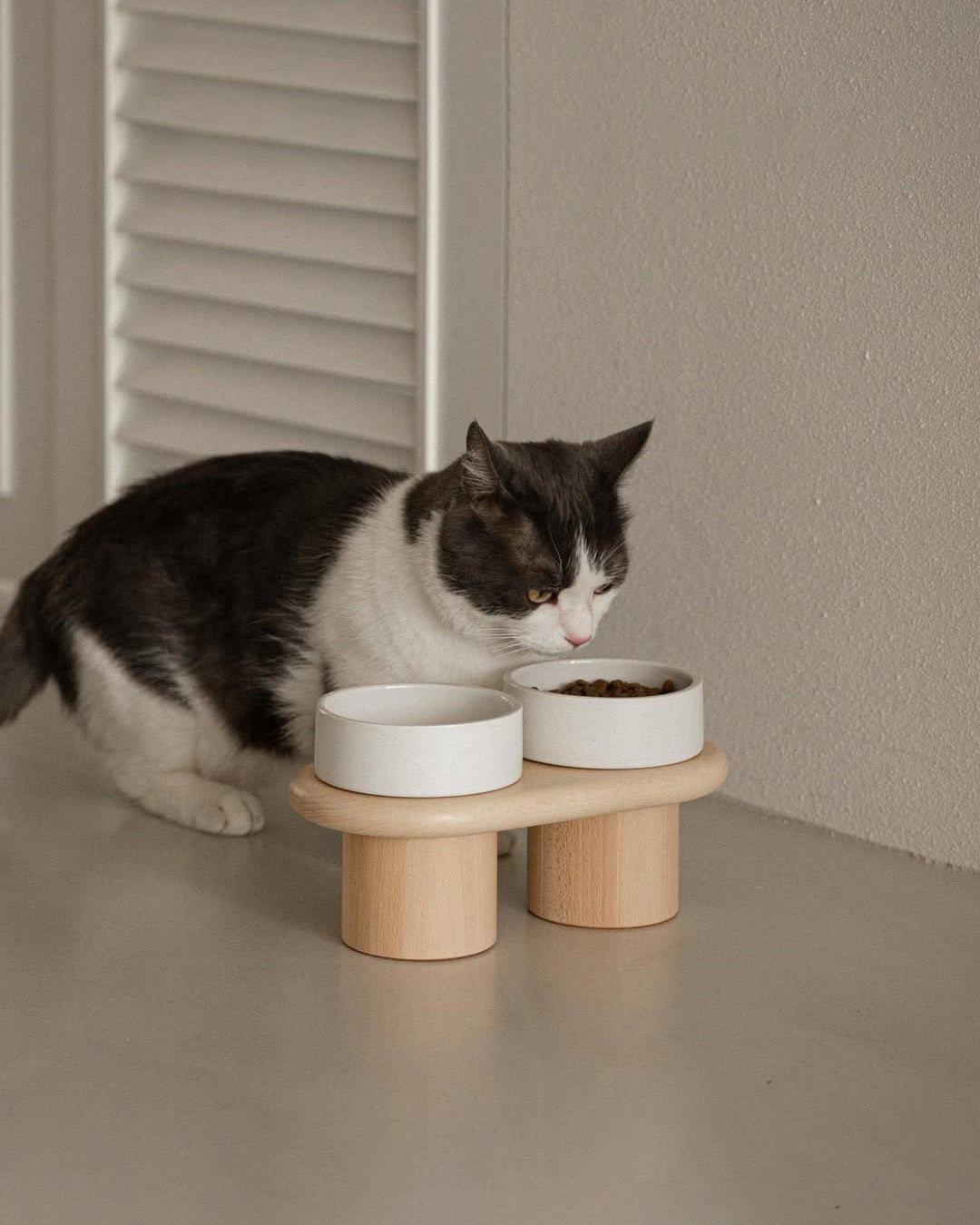
Summer Hydration Tips for Dogs: Why Elevated Bowls Make a Difference
When summer heat hits, staying hydrated isn’t just important for us – it’s essential for our dogs, too. As temperatures rise, dogs can easily become dehydrated, especially after walks or outdoor pl...
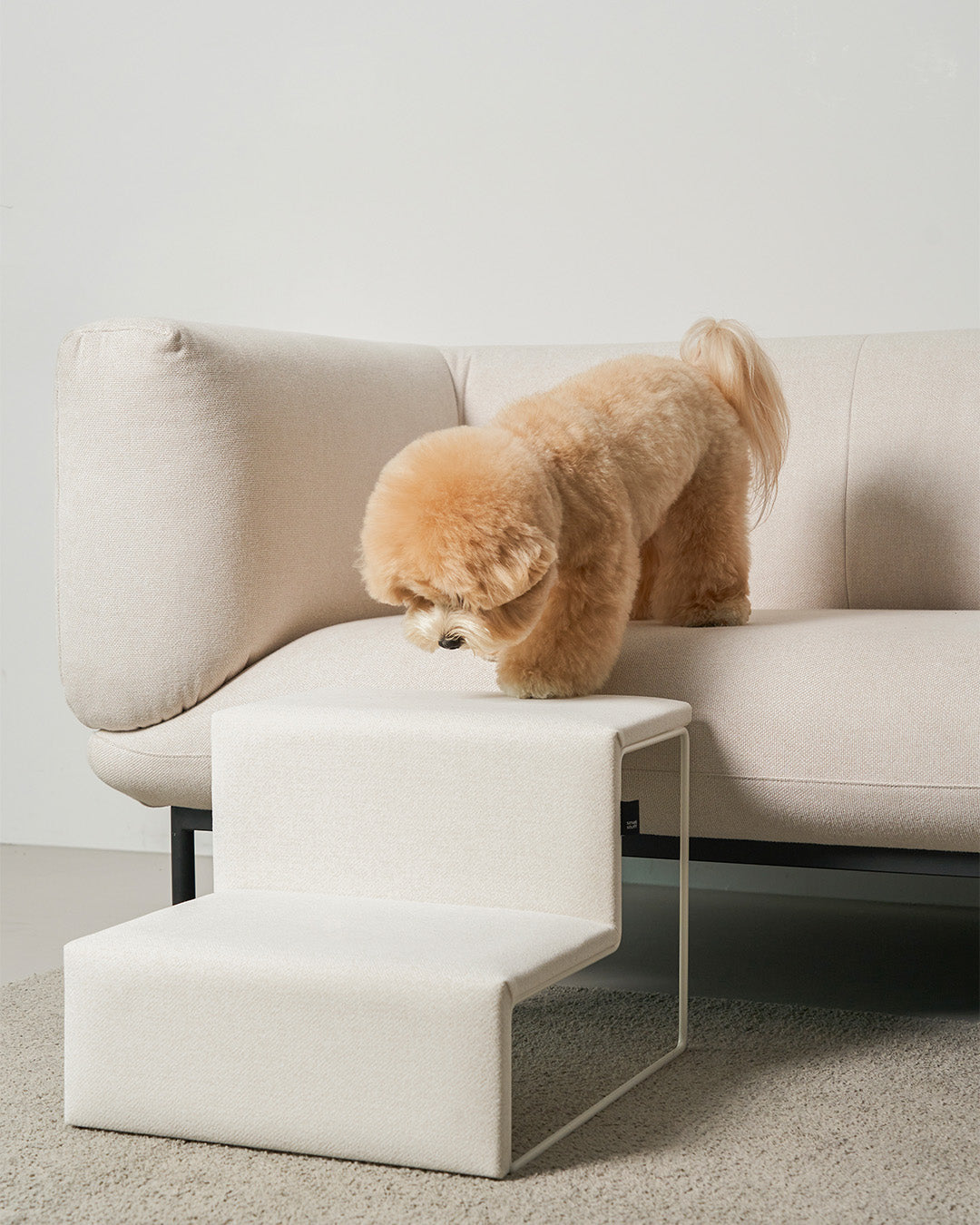
Does My Pet Really Need a Step? How to Know When It’s Time
For pet parents, few things are more important than making sure your furry companion moves through life comfortably and safely. Whether your pet is a tiny pup, a senior cat, or anything in between,...
